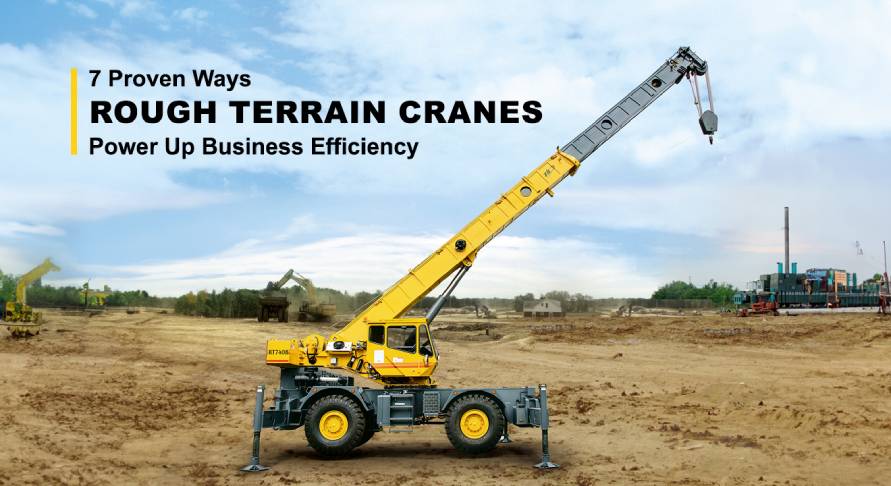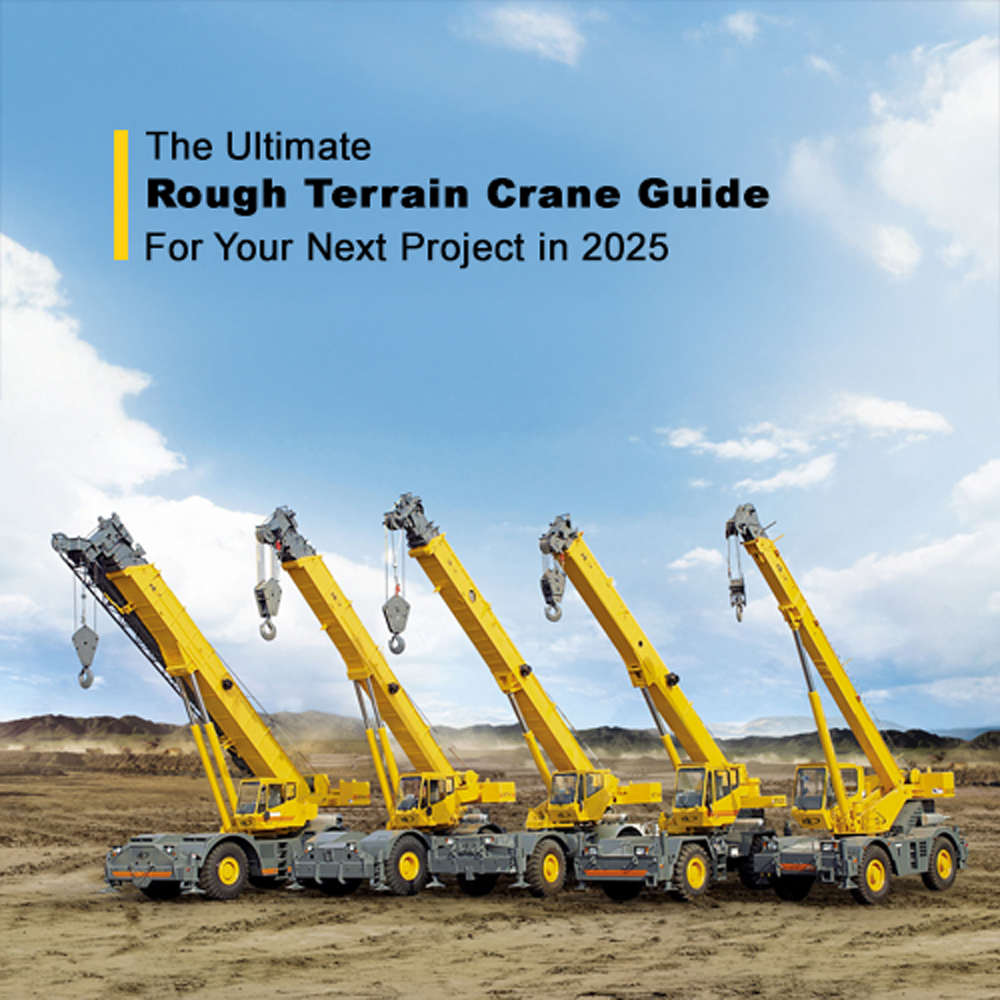
Gainwell Group, through its group entity - Indocrest Defence Solutions
Private Limited
(IDSPL), has
acquired a dominant stake in TIL (formerly Tractors India) Limited (NSE:
TIL), one of India’s
leading
infra equipment manufacturer. Gainwell Group, a Make-in-India
conglomerate with significant
presence in
the mining, construction, energy, defence, railways, and heavy equipment
sectors, is expected
to
accelerate TIL’s growth further and bolster its already robust order
book for cranes, reach
stackers,
material handling and defence equipment.
Gainwell Group promoter Mr. Sunil Kumar Chaturvedi has been
appointed as a director of
TIL today
is slated to be appointed, subject to Shareholders’ approval, the
Chairman & Managing Director
of TIL.
Click the buttons below to read the new CMD’s message to employees:





